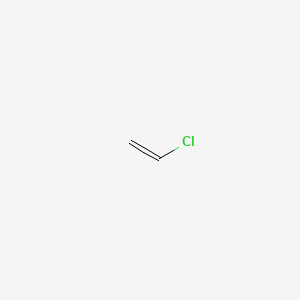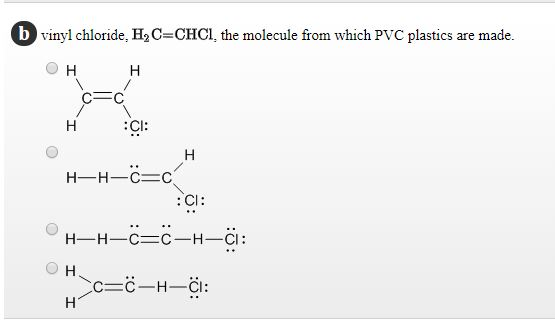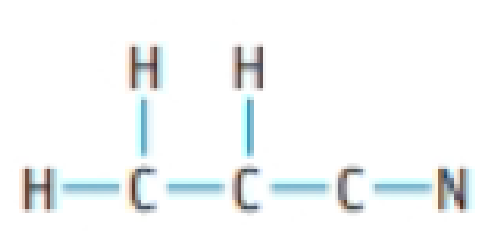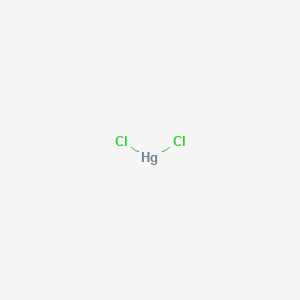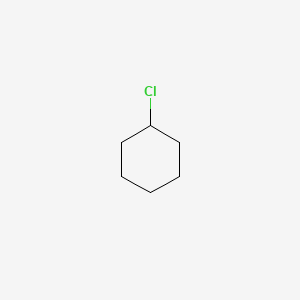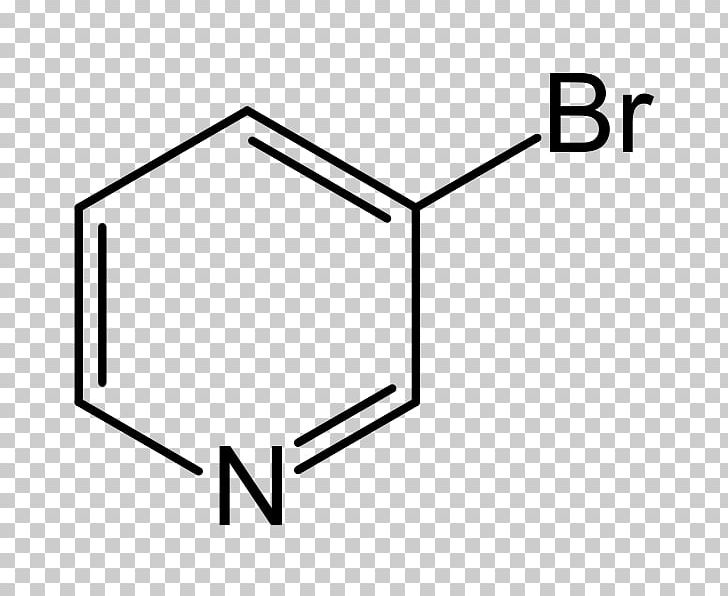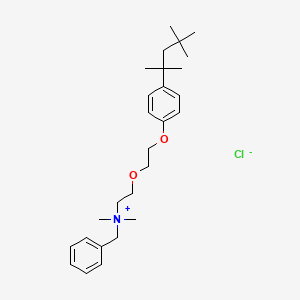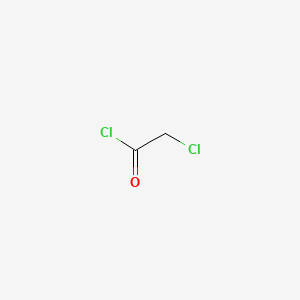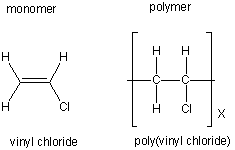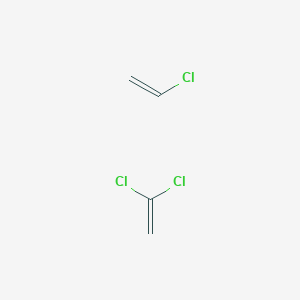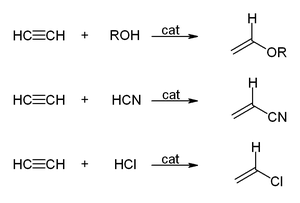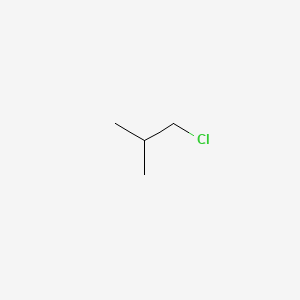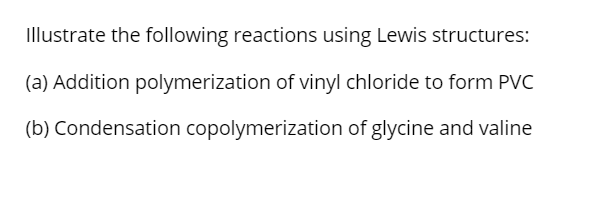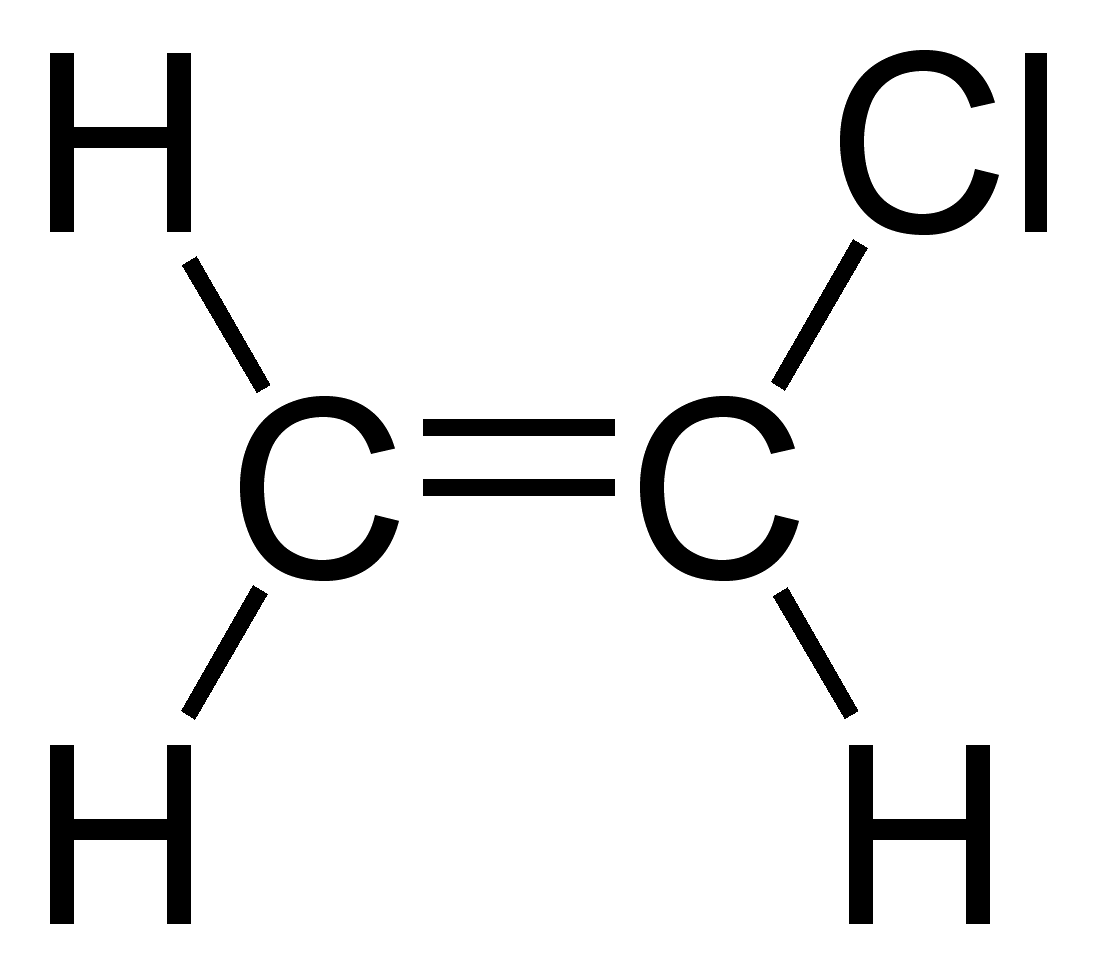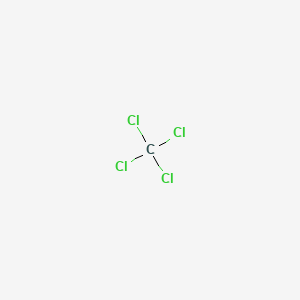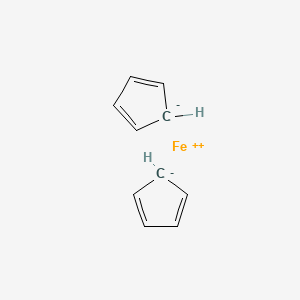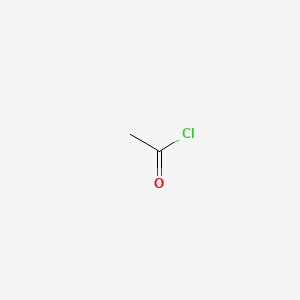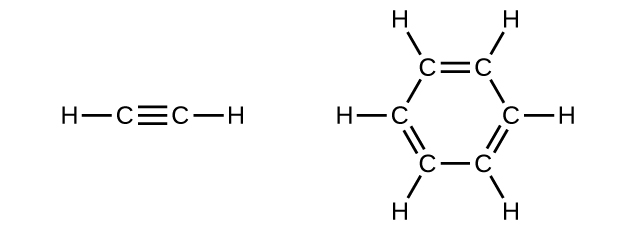Vinyl Chloride Lewis Structure
A c 2 h 3 cl vinyl chloride.
Vinyl chloride lewis structure. Vinyl chloride is a group 1 human carcinogen posing elevated risks of rare angiosarcoma brain and lung tumors and malignant haematopoeitic lymphatic tumors. Here the unshared pair of electrons is to be shown. Formerly used as a refrigerant and as an aerosol propellant. The atomic number of carbon atom is 6.
Vinyl chloride is a mutagen having clastogenic effects which affect lymphocyte chromosomal structure. The partial lewis structure of vinyl chloride is. Vinyl chloride is primarily used to make polyvinyl chloride to manufacture plastics. For the c2h3cl lewis structure calculate the total number of valence electrons for.
The easiest way to determine formal charge for an atom is to compare its valence electrons with the number of electrons it gets in a molecule. It has a pungent odor of garlic or onions. For all the halogenated ethylenes studied so far including vinyl chloride and vinyl bromide metabolism in vivo is a dose dependent saturable process. It is a colorless volatile liquid although commercial samples can be yellow due to impurities.
The metabolic capacity of rats is saturated at atmospheric concentrations of 250 ppm vinyl chloride and 55 ppm vinyl bromide. Write a lewis structure for each of the following organic molecules. Starting material for the preparation of poly vinyl chloride or pvc plastics b c 2 hbrclf 3 halothane. Structure properties spectra suppliers and links for.
Here the three atoms are carbon hydrogen and chlorine. The vinyl chloride molecule has 18 valence electrons 4 from each c atom 1 from each h atom and 7 from cl all of which are accounted for by the above lewis structure. All three fluorines are bonded to the same carbon c c 2 cl 2 f 4 freon 114. So here the valence shell is the second shell.
A nonflammable inhalation anesthetic. The electron configuration of carbon is 1s 2 2s 2 2p 2. The valence electrons are 4. Vinyl chloride is a chlorinated hydrocarbon occurring as a colorless highly flammable gas with a mild sweet odor that may emit toxic fumes of carbon dioxide carbon monoxide hydrogen chloride and phosgene when heated to decomposition.



